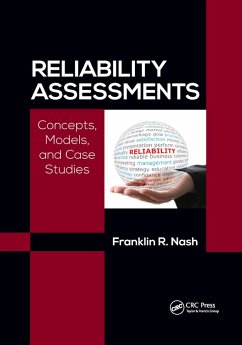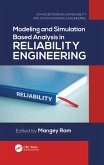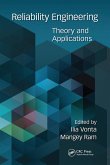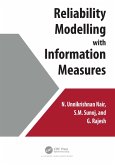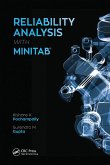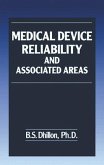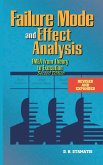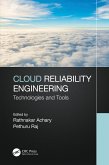This book provides engineers and scientists with a single source introduction to the concepts, models, and case studies for making credible reliability assessments. It satisfies the need for thorough discussions of several fundamental subjects. Section I contains a comprehensive overview of assessing and assuring reliability that is followed by discussions of: ¿ Concept of randomness and its relationship to chaos ¿ Uses and limitations of the binomial and Poisson distributions ¿ Relationship of the chi-square method and Poisson curves ¿ Derivations and applications of the exponential, Weibull, and lognormal models ¿ Examination of the human mortality bathtub curve as a template for components Section II introduces the case study modeling of failure data and is followed by analyses of: ¿ 5 sets of ideal Weibull, lognormal, and normal failure data ¿ 83 sets of actual (real) failure data The intent of the modeling was to find the best descriptions of the failures using statistical life models, principally the Weibull, lognormal, and normal models, for characterizing the failure probability distributions of the times-, cycles-, and miles-to-failure during laboratory or field testing. The statistical model providing the preferred characterization was determined empirically by choosing the two-parameter model that gave the best straight-line fit in the failure probability plots using a combination of visual inspection and three statistical goodness-of-fit (GoF) tests. This book offers practical insight in dealing with single item reliability and illustrates the use of reliability methods to solve industry problems.
Bitte wählen Sie Ihr Anliegen aus.
Rechnungen
Retourenschein anfordern
Bestellstatus
Storno

